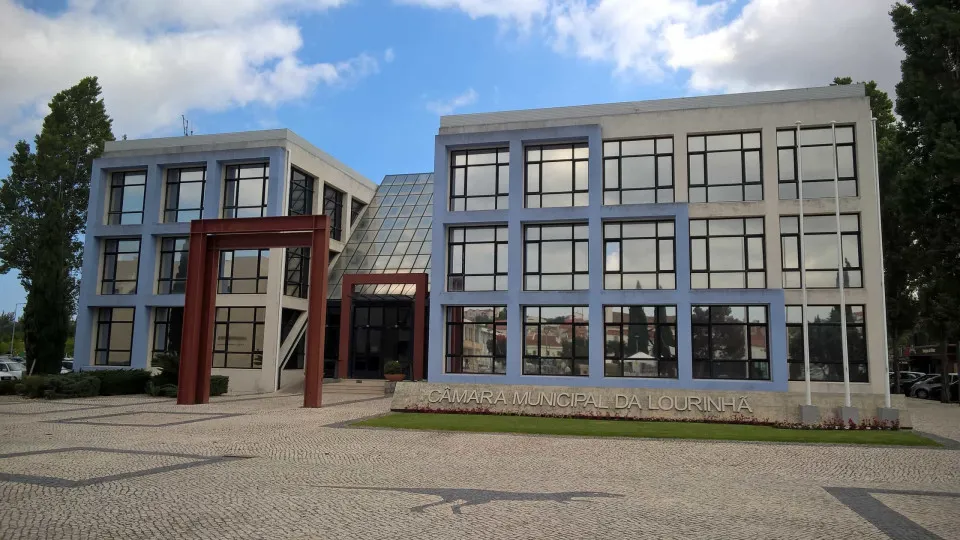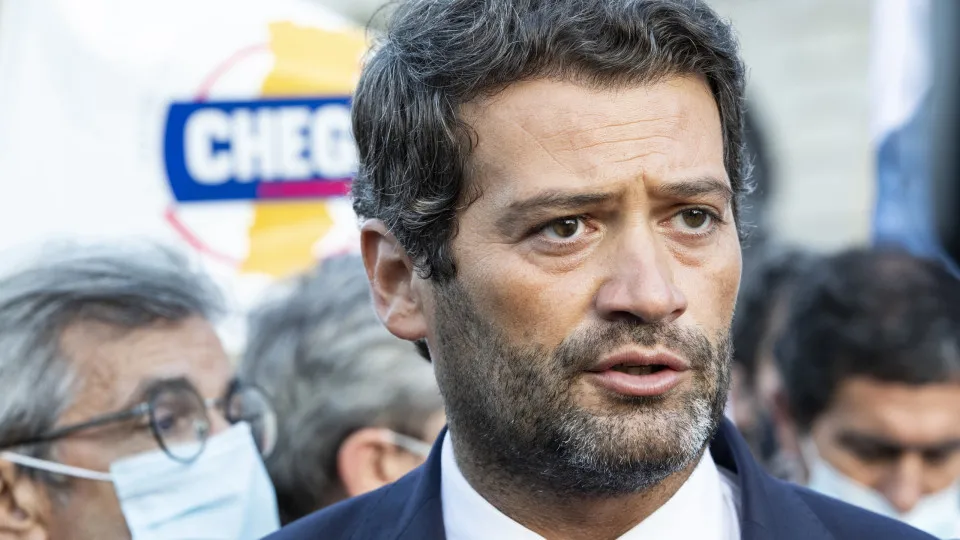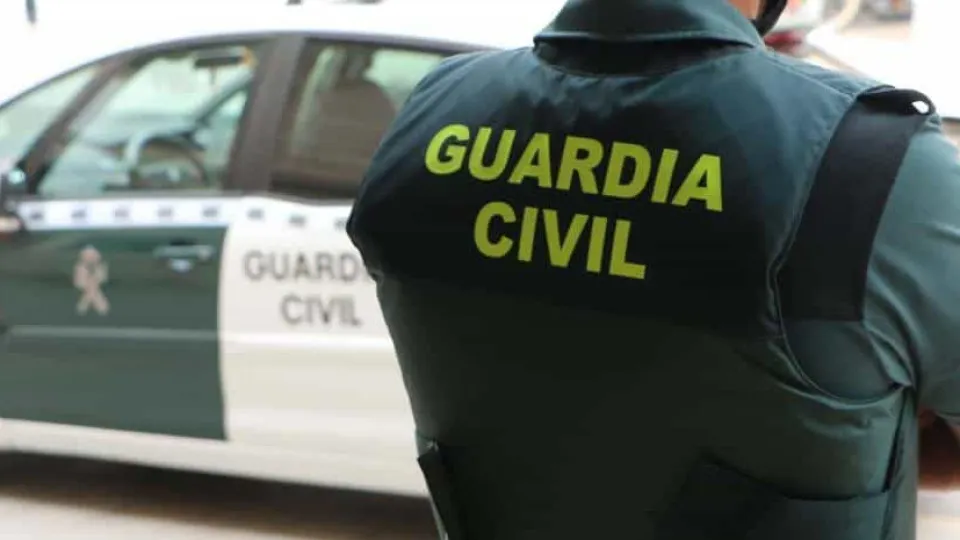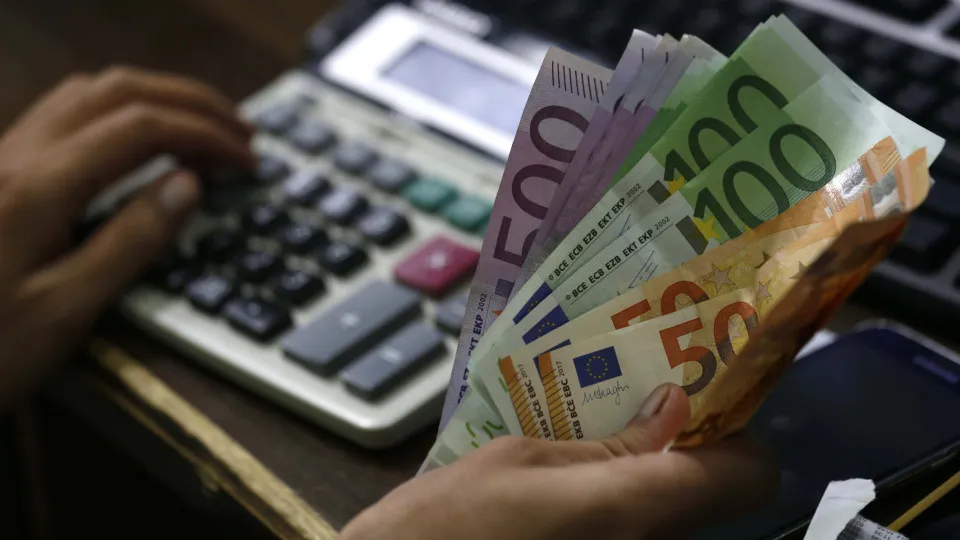
Archaeological works at the site of São Lourenço dos Francos have led to the identification and excavation of “two movable winepress structures, each over a meter in diameter, believed to be oil presses,” stated Gerardo Vidal Gonçalves, the archaeologist coordinating the excavations.
“No scientific information has been published so far about the existence of these structures at Roman-era sites in Portugal,” explained Gonçalves, who is also a researcher at the University of Évora, highlighting the significance of this archaeological find.
Additionally, fragments of utilitarian ceramics such as pots, bowls, and plates, weaving weights, a coin from Roman Emperor Valentinian II dating to the late 4th century AD, and four structures equivalent to dwellings have been discovered.
“The fact that they are related to Roman occupation means the site was abandoned and never reoccupied,” he added.
The 16th-century Church of São Lourenço dos Francos, located next to the archaeological site, contains two Roman-era tombstones dedicated to Júlia Máxima and Caio Júlio Lauro, known since the 1970s.
As part of the research project ongoing since 2022 and continuing until 2026, excavations will resume between September 1st and 12th, aiming to uncover more of the identified residential structures and expand the already excavated area.
The team of archaeologists includes Dina Pereira and Martina Barada (University of Pula, Croatia), supported by six volunteers and students from the Universities of Coimbra and Porto.
Besides the University of Évora, the project involves collaboration with EROS Environment Research on Science Consulting, the University of Extremadura, the University of Pula, among other institutions.
This archaeological site is the only one in the municipality of Lourinhã associated with Roman occupation, and one of the few nationally where researchers are digitizing findings and creating a virtual museum.
In addition to excavations, this year the team will implement QR codes for tablets and smartphones for virtual visits to the site, providing explanations of the most important elements through a virtual guide using new information technologies and digitization.
The team will also organize a practical archaeology workshop on the 10th.
The project is promoted by the Municipality of Lourinhã and the parish of Miragaia and Marteleira.




